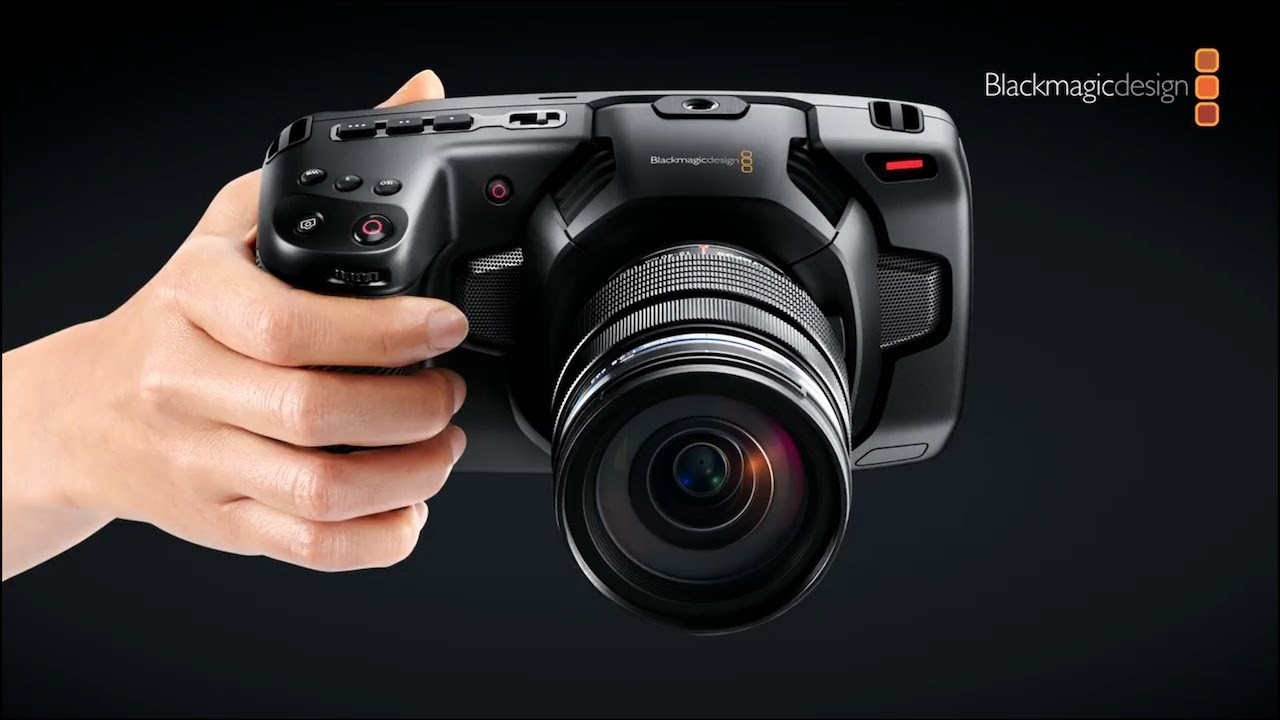I’m entering in the video making industry and I did a lot of researches on what will be my work camera. I have experience in making videos for youtube mostly using my iPhone X, my consumer Panasonic or my Insta360 camera for my drone-look-like video, but they don’t make that professional, television and cinematic look.
The main problem of consumer video cameras is the sensor size and the lens. iPhone is great and it can shoot at 4K, but the sensor is very tiny. Small sensor doesn’t make a great video in low light condition and most important the footage can’t achieve a really good shallow depth of field. In addition consumer camera may not expandable with a different lens and additional accessories.
10 things I looked choosing my new professional video camera

- Interchangeable Lens. Having a Canon 7D DSLR, I have several good lenses, so I wanted a camera with the ability to mount my lens. A good thing to know is the lens is often more important of the camera and something they can cost a lot of more than the camera itself. An, of course, having an interchangeable lens you can have all kinds of different looks.
- Big Sensor. As I’ve mentioned above having a big sensor and a fast lens (lenses that can achieve a large aperture) you can achieve the shallow depth of field which it’s impossible on most consumer cameras. On the market, there are different sensor sizes. The Canon 7D has an APS-C size, Blackmagic 6K use a super 35mm, Canon 5D has a full-frame size. They are all good to achieve shallow depth of field.
- Resolution. 4K TVs are becoming more and more affordable, so the logic thinking will be that the camera should record at least 4K too…. right? Well, yes, but the resolution is not everything. The Canon C100 Mark II costs $3,000 and doesn’t record at 4K, but the quality is amazing. It actually has a 4K sensor but the output footage is still 1080p. This makes the video so sharp that even up-scaling the footage to 4K resolution is still good quality. Another thing to consider when shooting at 4k, or more, is the video file size. 10 minutes at 4K can easily reach 64GB of data. For this reason, many of the high-end cameras allow recording directly to portable hard-drive. After consideration, I probably want to have a 4K camera for the future, but for now, I will still keep shooting a 1080p.
- Focusing Capability. While high-end videomaker typically uses manual focusing, having a good auto-focus can be good. Canon C100 camera has incredible focus with face tracking and continuous focus, while others have just one spot focusing. This all depends on the kind of recording needs to be done. A commercial ad is shot with manual focus while an interview with people walking need to have an auto-tracking focus.
- Slo-mo. Slo-Mo or Slow Motion is the ability of the camera to shoot at high-speed typically between 60 and 240fps, then when the footage is put back at 30fps the video runs at a slower speed. This effect is very common in all commercial ads, movie and professional footage.
- Microphone input. To make a quality interview you will need good audio. A great video with bad audio is no use, so you need to make sure the audio is recorded at the highest quality possible. For my microphone I looked also at XLS input that has high quality than regular 3.5mm jacks mics, so, for this reason, I bought the Rode NTG-2.
- Audio output. If you are going to record the audio using an external microphone on your camera you will need to monitor the audio to make sure it’s recorded well. You can record the audio also using an external recorder, but recording video and audio on the camera at the same time can speed up the post-production editing.
- Video out. While audio output is not indispensable, you should really need to consider an HDMI video output so you can watch the scene on an external video monitor. On-camera video monitor are usually small and they can be rotated.
- High Dynamic Range. Cheap cameras have only few points to measure and expose the scene, this can make the footage with over or under-exposed area. Professional cameras have more points to the problem. Black Magic Pocket Camera has 13 points, RED camera have even 15 points or more.
- Price. Professional cameras can be very expensive. RED or ALEXA cameras can easily start at $50,000$ or more (body only). Then the Cinema Lens can cost as much as the camera. However, there are more affordable cameras but still, have really good quality. One of them is Black Magic Pocket Camera or Canon C100 Mark II. They range between $1,200 and $3,000. But, besides the camera cost, you also need to check the price of accessories. Black Magic 6K camera uses same Canon battery, Canon lens and it records on cheap SD card. RED camera has its own accessories that cost a thousand dollars.

So, what did I choose?
I haven’t had my final decision yet, but I’m really impressed by the performance of new 6K Black Magic Pocket Camera, so I rented for a weekend so I was able to test it. You can check a video comparison below.







